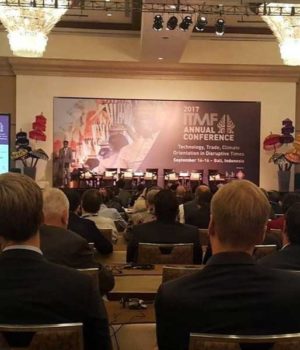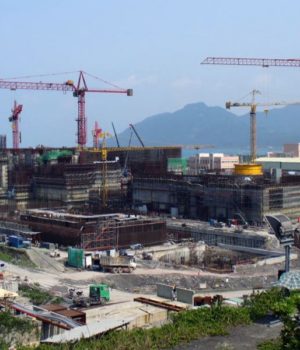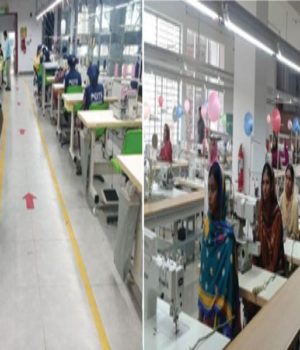Technology, trade, climate: Orientation in disruptive times by Olivier Zieschank and Mehdi Mahbub
Switzerland-based International Textile Manufacturers Federation (ITMF) is one of the oldest global organisations, which has been serving the world textile sector since 1904. This knowledge-based body is an international forum for the world’s textile industries, dedicated to keep its worldwide members constantly informed through surveys, studies and publications, participating in the evolution of the industry’s value chain and organising annual conferences as well as publishing considered opinions on future trends and international developments. The recent ITMF Annual Conference 2017 has [...]







